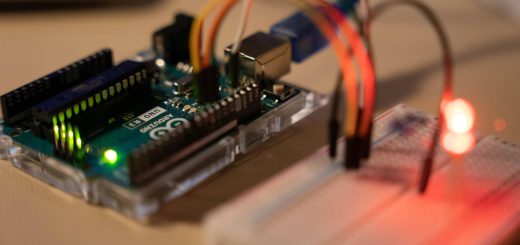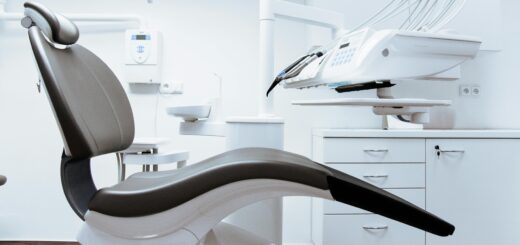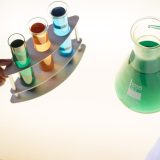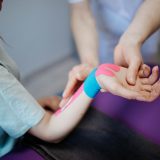What technology do self-driving cars use?
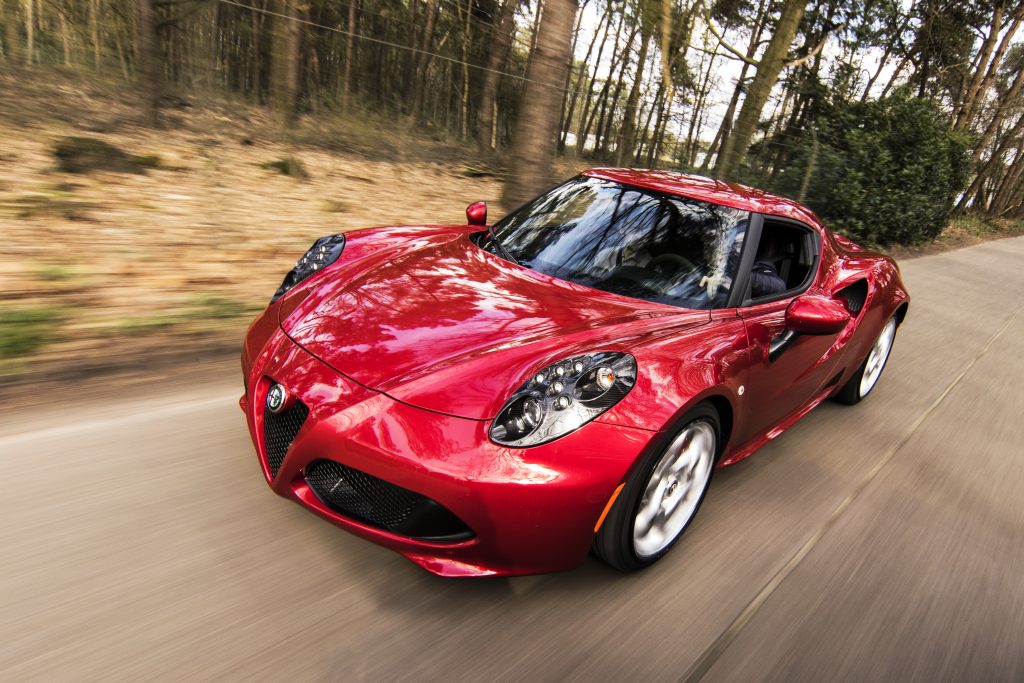
What self-driving technology cars use to make them safer? Let us delve into the various technologies self-driving cars use. Among them, LiDAR, camera over the radar, HINDSIGHT, neural networks, and other technologies will be utilized to improve the safety of self-driving cars.
LiDAR
The core of LiDAR, or light detection and ranging, is a rotating device that acts as the car’s eye. These sensors fire thousands of laser pulses each second, colliding with surrounding objects and forming a 3D point cloud. The car’s onboard computer records these laser reflection points, which translates the rapidly-changing point cloud into an animated 3D representation.
Self-driving cars use LiDAR to create a map of the road ahead. This technology is superior to other solutions, providing more depth and a more reliable picture of what lies ahead. Another major advantage of LiDAR is its ability to function even during nighttime, a crucial time for avoiding collisions. The technology is more expensive than other solutions but can provide more accurate maps of the road ahead.
A car’s LiDAR sensor is currently mounted on the top of the car or bonnet. The camera continuously rotates, sending light signals to a computer system. These light signals help the system to detect obstacles around it. This information then forms a 3D map of the environment. The computer then interprets the data from these light pulses and predicts the behavior of objects in the area.
Camera over radar
Radar and camera both work by emitting radio waves reflected on the ground. Radar uses radio waves to detect obstacles, while cameras use infrared light. Radar can identify objects up to 10 meters away, but the camera can fill in the blind spots left behind by radar. Unlike radar, which uses visual signals, cameras can track multiple objects simultaneously and be installed in cars to assist when turning or braking.
LiDAR is the most expensive of these two systems, so it is unlikely to replace the current technology used by most self-driving cars. However, unlike cameras, LiDAR can identify objects with near-perfect accuracy. Moreover, it can identify specific features that can prompt actions. Radar is the most widely used sensor, but it is not yet a mature technology. Despite its many benefits, cameras do have limitations.
HINDSIGHT
The researchers from Cornell University’s Ann S. Bowers College of Computing and Information Science (CIS) are developing a memory-based navigation system to assist in 3D perception. In addition, they developed “learning representations,” which include deep learning and machine learning. The research is a step toward developing self-driving cars. Until then, the technology is still in its embryonic stages. But it has the potential to transform transportation in the future.
This self-driving car will be programmed to make quick decisions and assess its environment. The system will then execute these decisions based on that information. It will do so with its high-speed computers and smart algorithms. In addition to being able to make fast decisions and make the correct moves, it will reduce stress among the car’s users. With its capabilities, it will soon be possible for people to drive with complete peace of mind.
Neural networks
In self-driving cars, a control system is combined with biologically inspired neurons. The control part, called a neural circuit policy, translates data from the compact convolutional model outputs into signals that are understood by 19 neurons. The architecture for this network is similar to that used by nematodes. You can consult this paper and the GitHub repository to read more about the architecture of CNNs in self-driving cars.
In self-driving cars, artificial intelligence (AI) trains a car’s internal components to maximize overall performance. The goal is to maximize the self-driving car’s performance by minimizing the number of processing steps. However, it’s important to note that humans select criteria that don’t guarantee the best system performance. It is where neural networks come into play.



